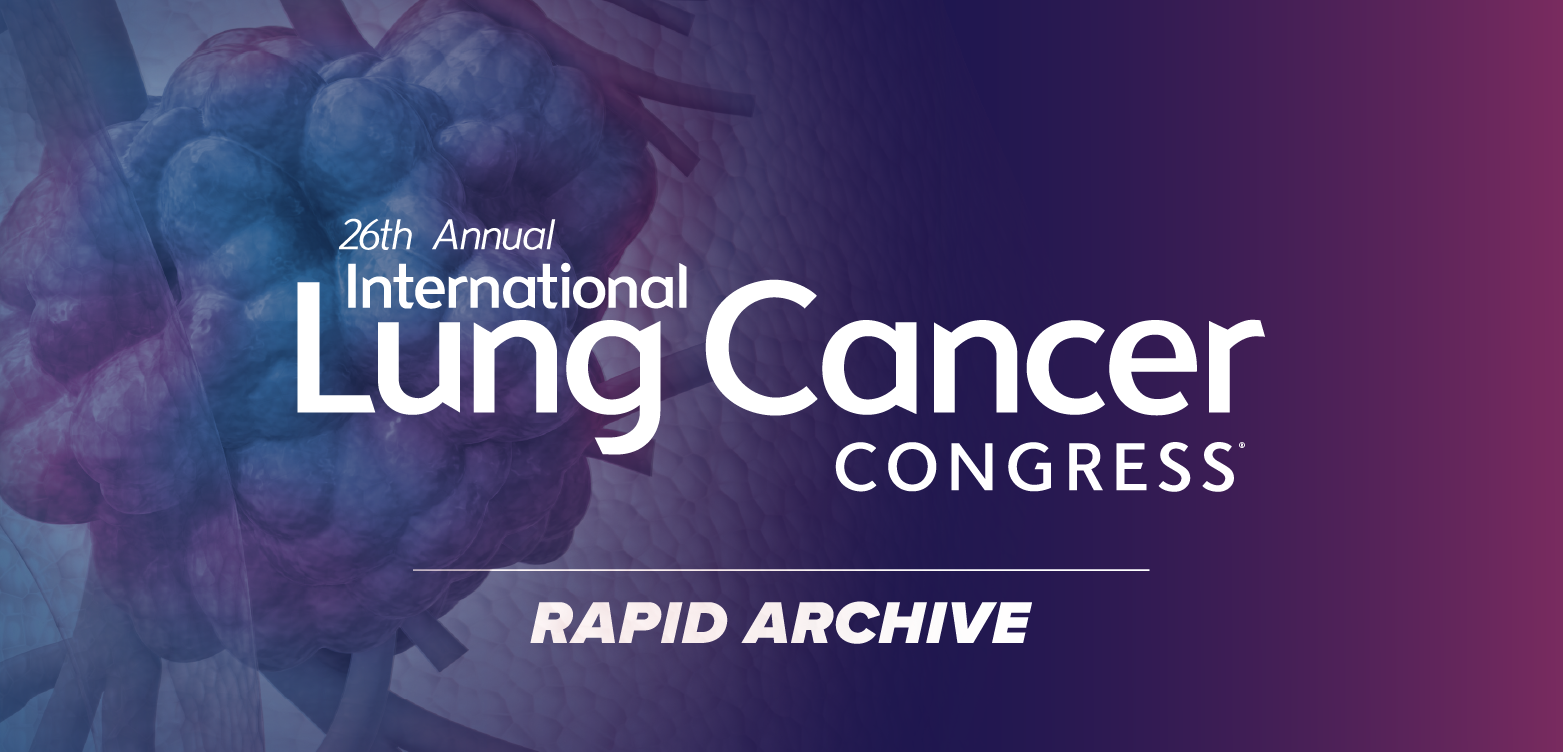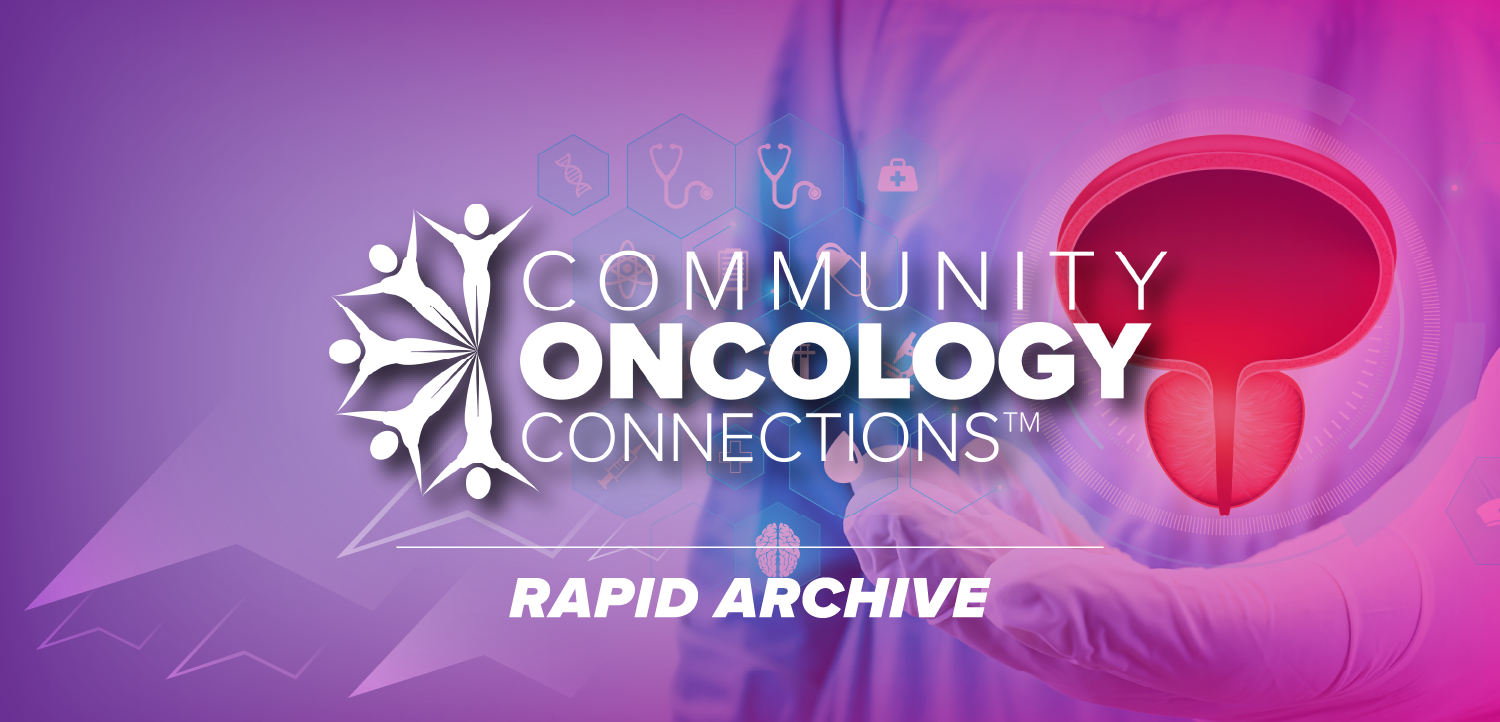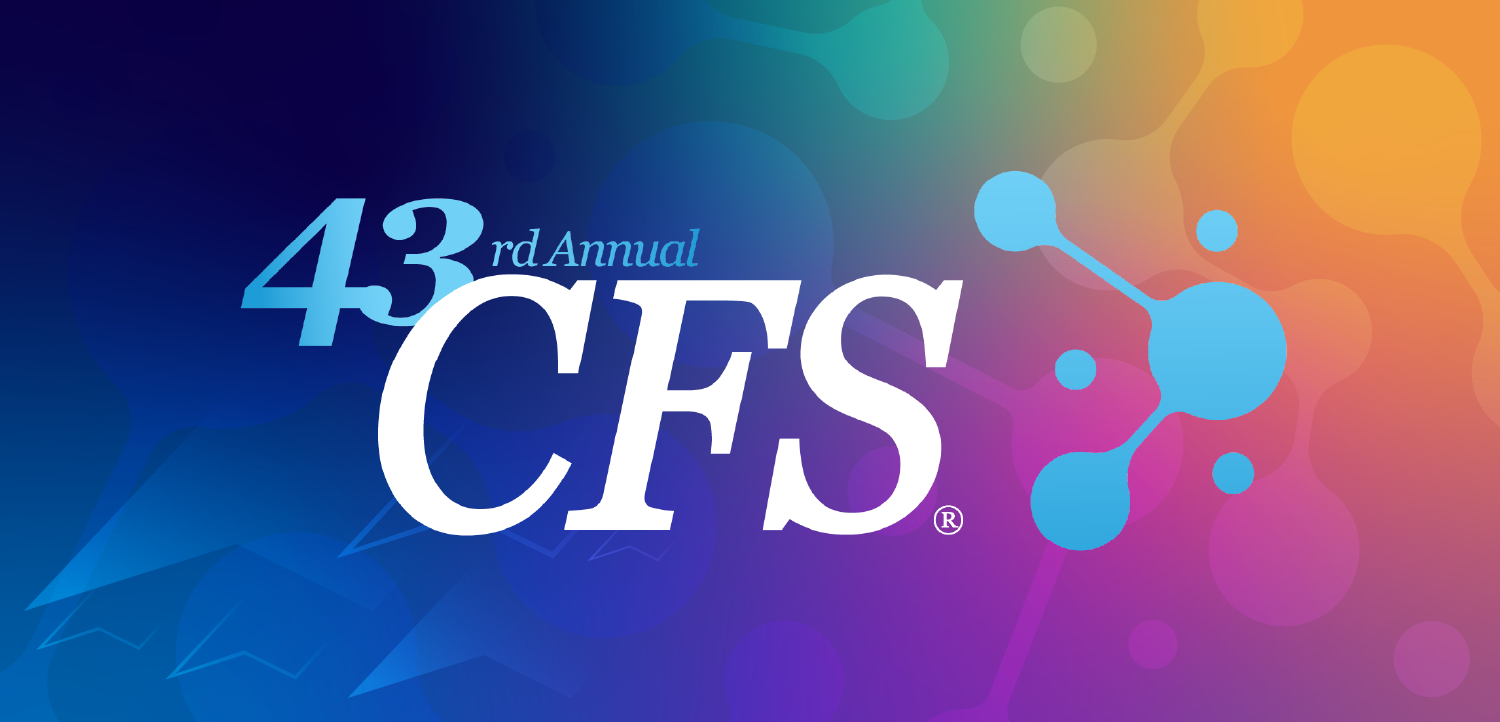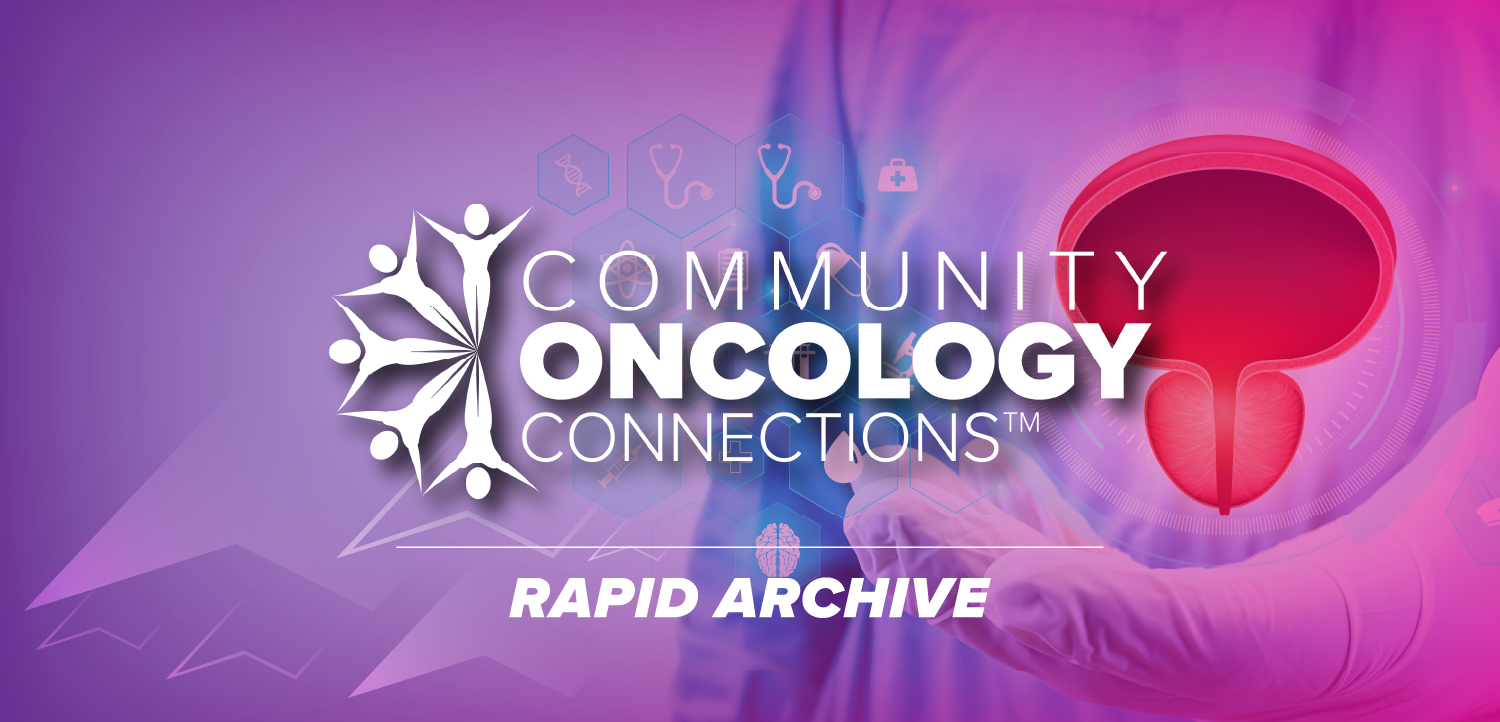NIH's Zerhouni: imaging is key to medicine's future
Dr. Elias Zerhouni, the first radiologist to serve as director of the National Institutes of Health, envisions a central role for medical imaging in 21st century medical research and practice. He predicted growth for image-guided therapies, imaging genomics, computer-based radiology applications, and molecular imaging during a lecture at the 2006 International Society for Magnetic Resonance in Medicine meeting in Seattle.
Dr. Elias Zerhouni, the first radiologist to serve as director of the National Institutes of Health, envisions a central role for medical imaging in 21st century medical research and practice. He predicted growth for image-guided therapies, imaging genomics, computer-based radiology applications, and molecular imaging during a lecture at the 2006 International Society for Magnetic Resonance in Medicine meeting in Seattle.
Breakthroughs that have transformed medicine rely on discoveries made at the juncture of scientific disciplines, he said. The application of computers to imaging revolutionized radiology. Real-time cine pushed cardiac imaging forward, and television adopted for x-ray technology led to interventional radiology. Imaging is no longer simply a method for creating images, but a method of extracting information for all physical scales from single molecules to the full organ.
"Today, biology is again driving new research, be it genomics or proteomics or targeted agents," Zerhouni said. "In this century, we will have to intervene before the damage is done. We need to preserve normal function, and our ability to detect patients at risk is increasing remarkably."
Newsletter
Stay at the forefront of radiology with the Diagnostic Imaging newsletter, delivering the latest news, clinical insights, and imaging advancements for today’s radiologists.


























